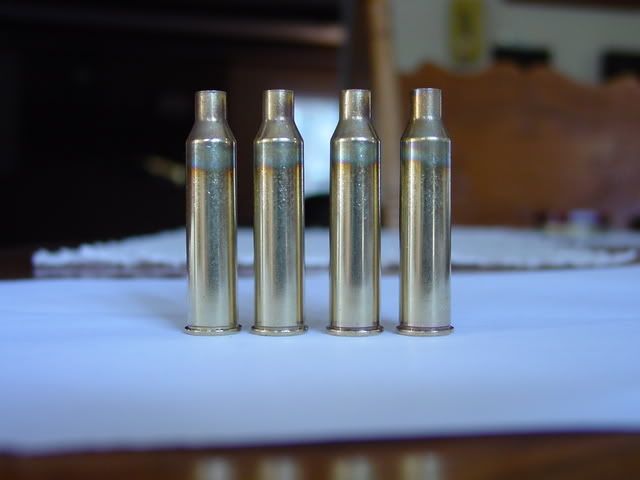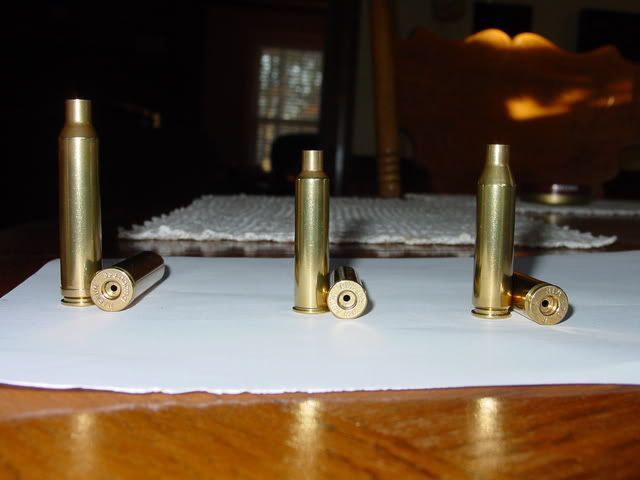B
Bullet94
Guest
Anyone heard of this?
Quote was taken from another forum.One problem that folks do not realize is that brass hardness within a lot# may vary as much as 13% in rockwell hardness due to mixture of the alloy. This inconsistant Rockwell hardness gets blamed in a lot of different areas (other than the real cause) and annealing is one of them.
I had an engineering firm Rockwell test cases. The results were so depressing, I can't find the positive in it.
PMC brass made in Korea was much harder and consistant than Rem, Win, and Fed & Weatherby was real soft. OF course, there could only be one Lot# of brass tested, Lot # to lot # could also be a whole can of worms.
It would be very interesting to see an engineer that had unlimited access to Rockwell testing do an extensive test on brass. No doubt that this test would indeed shock us all with the little sampling that I had done.



